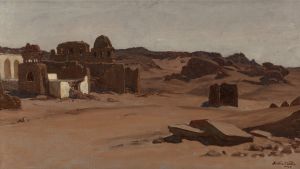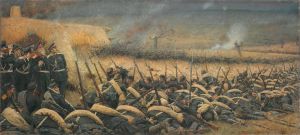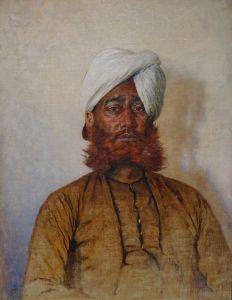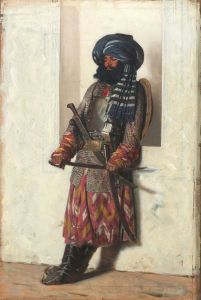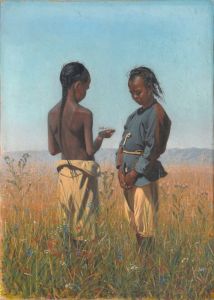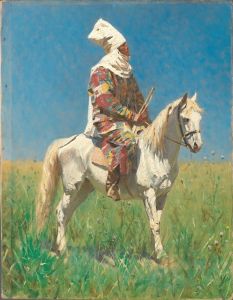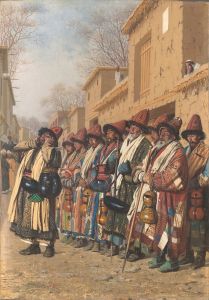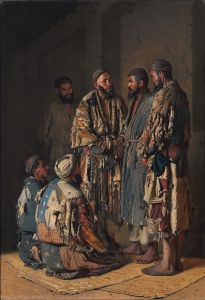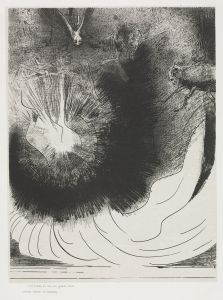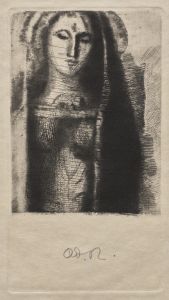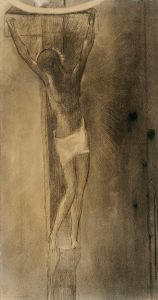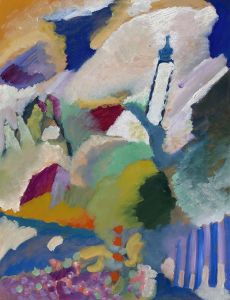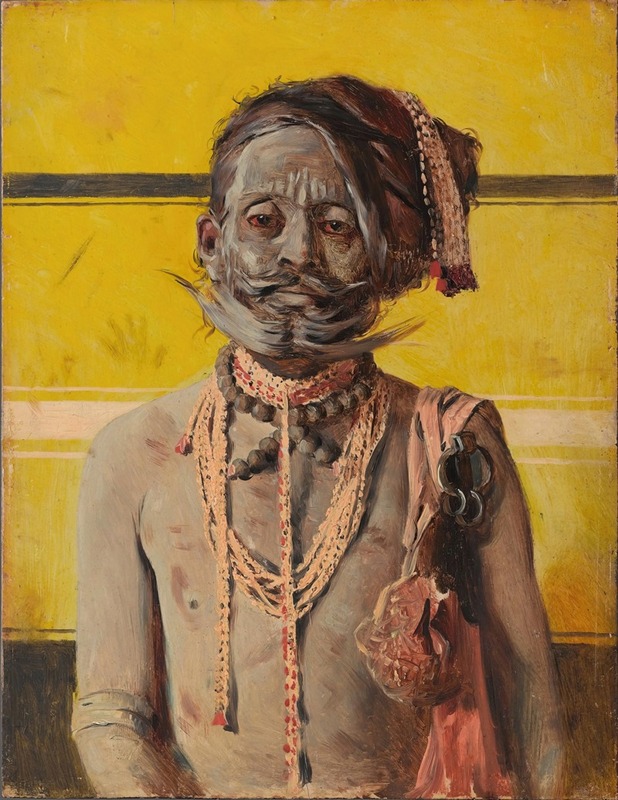
Fakir
A hand-painted replica of Vasily Vereshchagin’s masterpiece Fakir, meticulously crafted by professional artists to capture the true essence of the original. Each piece is created with museum-quality canvas and rare mineral pigments, carefully painted by experienced artists with delicate brushstrokes and rich, layered colors to perfectly recreate the texture of the original artwork. Unlike machine-printed reproductions, this hand-painted version brings the painting to life, infused with the artist’s emotions and skill in every stroke. Whether for personal collection or home decoration, it instantly elevates the artistic atmosphere of any space.
Vasily Vereshchagin was a renowned Russian war artist and traveler, known for his realistic portrayal of the harsh realities of war and the diverse cultures he encountered during his travels. One of his lesser-known works is "Fakir," which reflects his interest in the cultures and peoples of Central Asia and India, regions he visited during his extensive travels in the late 19th century.
Vereshchagin was born in 1842 in Cherepovets, Russia, and he pursued a military career before dedicating himself to art. His experiences in the military deeply influenced his artistic vision, leading him to focus on the themes of war and its consequences. However, his travels also exposed him to a variety of cultures, which he depicted with great attention to detail and ethnographic accuracy.
The painting "Fakir" is believed to have been created during or after Vereshchagin's travels in India, which took place in the 1870s. During this period, he was deeply fascinated by the Indian subcontinent's rich cultural and religious tapestry. Fakirs, who are ascetic practitioners often associated with Sufism in Islam or with Hinduism, were a subject of interest for many Western artists and writers of the time, who were intrigued by their spiritual practices and way of life.
In "Fakir," Vereshchagin captures the essence of a fakir's existence, focusing on the simplicity and austerity that characterize their lifestyle. The painting is noted for its realistic depiction, a hallmark of Vereshchagin's style, which often involved meticulous attention to detail and a commitment to portraying his subjects with authenticity. This approach was part of a broader movement in 19th-century art that sought to document and understand the world through a realistic lens.
Vereshchagin's work often sparked controversy due to its unflinching portrayal of subjects that were considered sensitive or politically charged. His paintings of war, in particular, were sometimes criticized for their graphic realism. However, his ethnographic works, such as "Fakir," were generally well-received for their insightful representation of different cultures.
The painting reflects Vereshchagin's broader interest in the human condition and his desire to bridge cultural divides through art. By depicting a fakir, he not only showcased a figure that was emblematic of Indian spirituality but also invited viewers to engage with a culture that was, at the time, largely unfamiliar to Western audiences.
Vereshchagin's legacy as an artist is marked by his commitment to realism and his ability to capture the complexities of the human experience. "Fakir" stands as a testament to his skill in portraying the diverse cultures he encountered, offering a window into a world that was both foreign and fascinating to his contemporaries. Through his art, Vereshchagin contributed to a greater understanding and appreciation of the cultural richness of the regions he visited, leaving a lasting impact on the art world and beyond.





